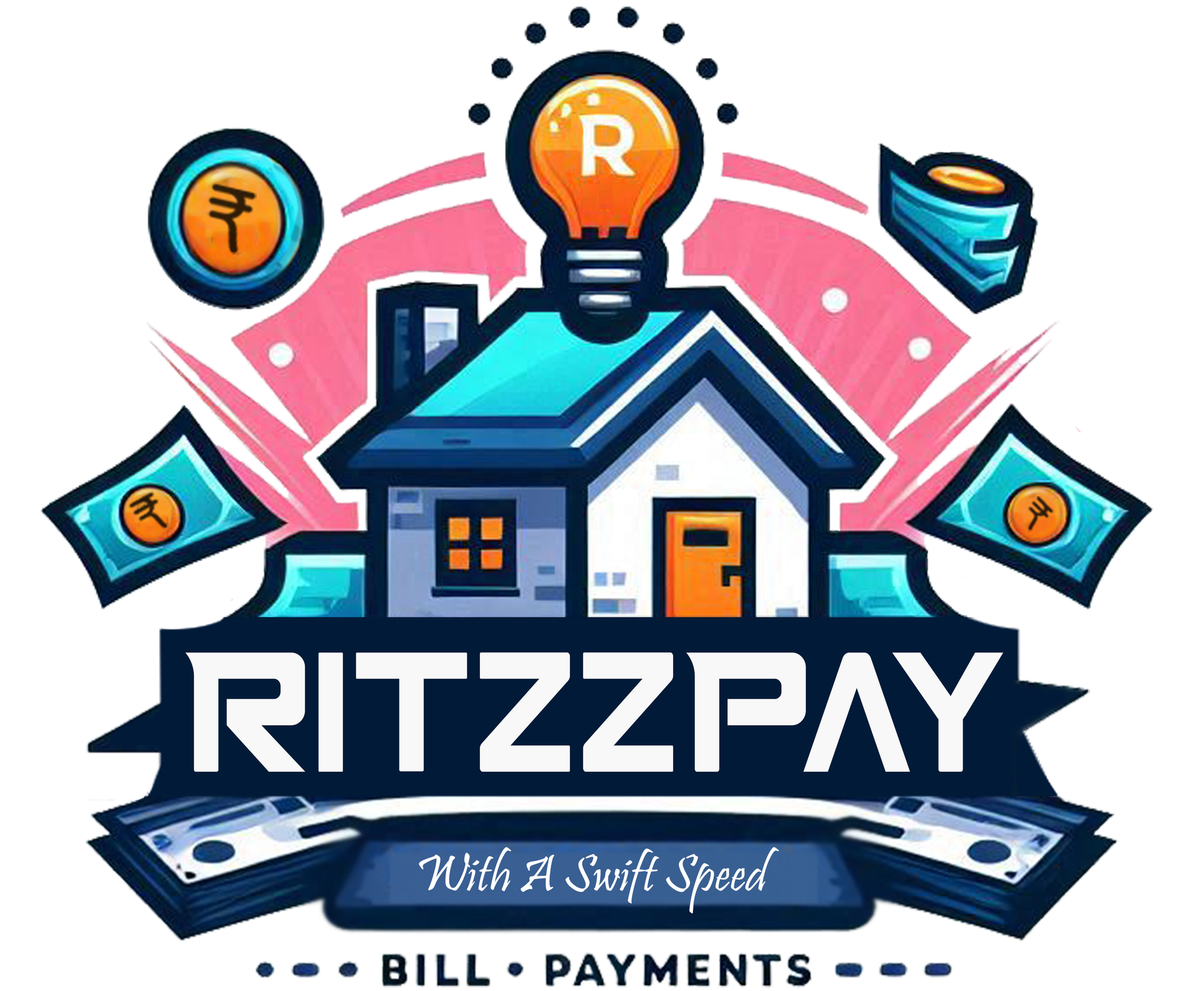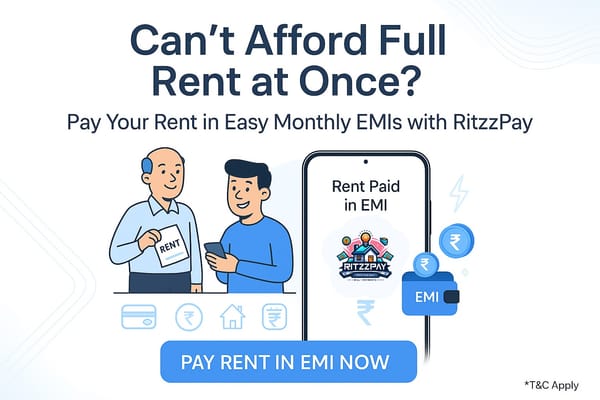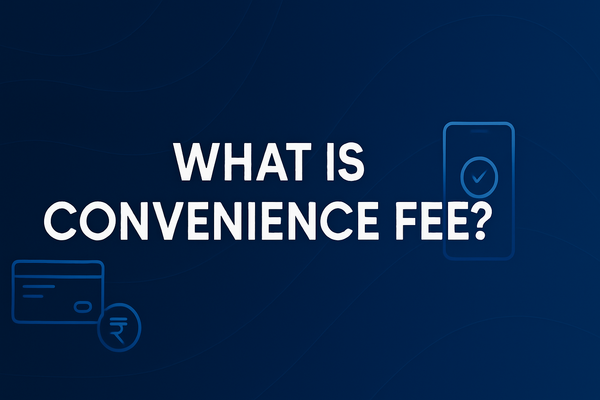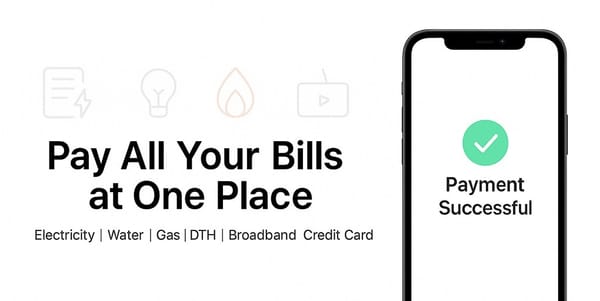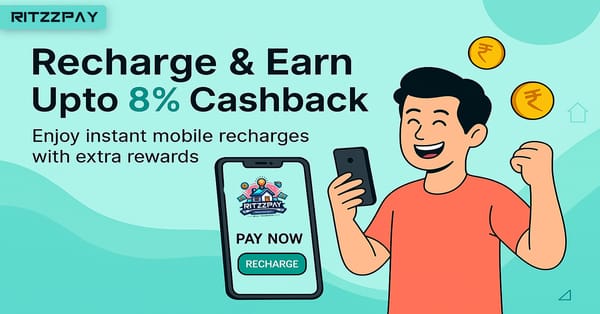UPI's Role in India's Digital Economy: Empowering Users and Strengthening Finance
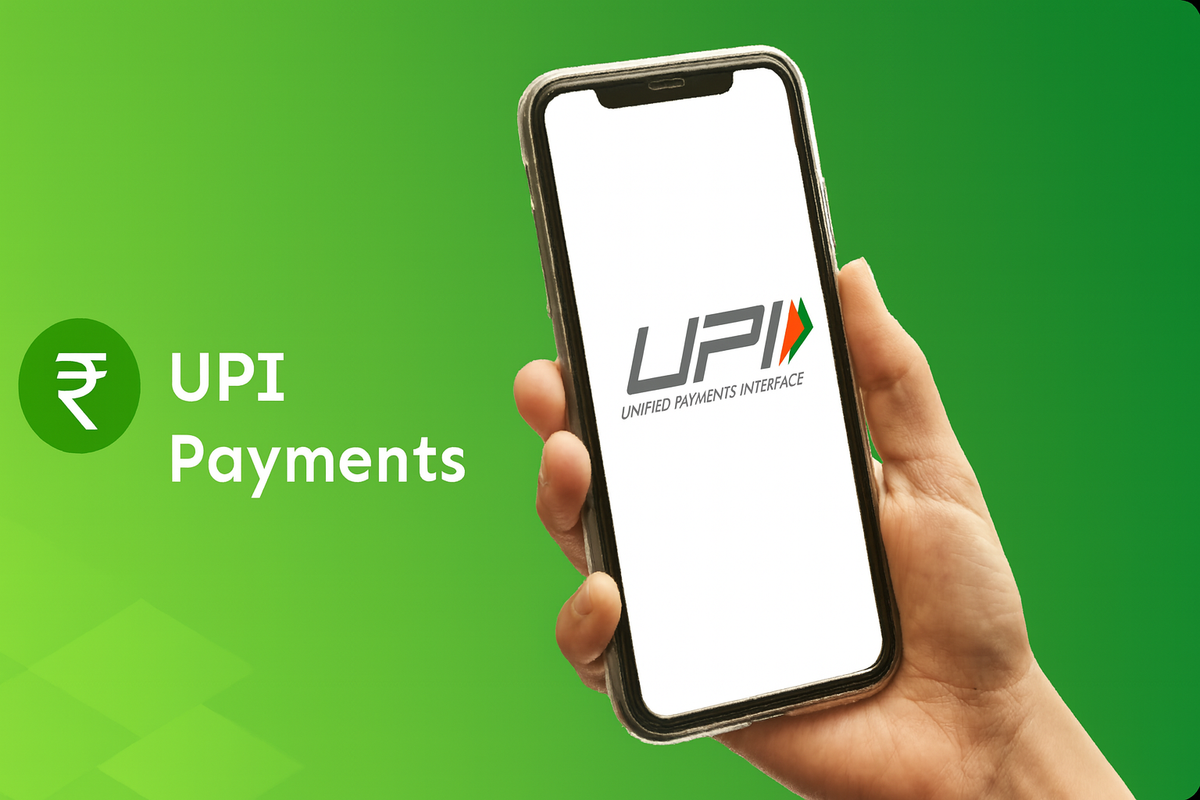
India’s journey toward a digital economy has been remarkable, and UPI (Unified Payments Interface) is at the center of this transformation. From its launch in 2016 to the rollout of UPI 2.0 and UPI Lite, this real-time payment system has redefined how Indians transact.
Today, UPI is not just a payment method; it’s a financial backbone supporting billions of transactions every month and empowering users at every level of society.
What is UPI?
UPI (Unified Payments Interface) is a mobile-based real-time payment system developed by the National Payments Corporation of India (NPCI). It enables users to link multiple bank accounts in a single app and transfer money instantly, 24/7.
Over the years, UPI has evolved:
- UPI 1.0 (2016): Basic money transfer between bank accounts.
- UPI 2.0 (2018): Enhanced with mandates, overdraft accounts, invoice features.
- UPI Lite (2022): Introduced for small offline payments without hitting bank servers.
UPI 2.0 – Advanced Features
UPI 2.0 brought powerful upgrades:
🔹 Linking overdraft accounts – making UPI more like digital credit.
🔹 One-time mandate – pre-authorize future transactions (ideal for subscriptions, rent).
🔹 Invoice in inbox – customers see payment invoices before approving.
🔹 Signed intent & QR – improved security and merchant trust.
UPI Lite – Small Payments, Big Convenience
Launched in 2022, UPI Lite is designed for low-value, high-frequency transactions.
- ✅ Transactions without hitting bank servers → faster, smoother.
- ✅ Works even during peak loads.
- ✅ Limits:
- Max wallet balance: ₹2,000
- Per transaction limit: ₹500
Perfect for payments like tea stalls, auto-rickshaws, small grocery bills, and transport tickets.
Limits, Apps, and Transactions
- Transaction Limits:
- Standard UPI: ₹1 lakh per transaction
- Special categories (healthcare, education): up to ₹5 lakh
- Apps Supporting UPI:
- Google Pay, PhonePe, Paytm, Amazon Pay, BHIM
- Banking apps like SBI YONO, ICICI iMobile, HDFC PayZapp, etc.
- NPCI Rules:
- Third-party apps like PhonePe/Google Pay capped at 30% market share of total UPI volume, ensuring fair competition.
Benefits of UPI
🚀 Instant transfers 24/7, even on holidays
🔗 Interoperable across banks and apps
💸 Low or zero cost for customers & merchants
🏪 Empowers small businesses with QR code acceptance
🌍 Drives financial inclusion in rural India
📈 Supports Digital India mission, reducing cash dependency
UPI’s Impact on India’s Digital Economy
UPI is reshaping how India does business:
- Local merchants can accept digital payments without expensive POS machines.
- Billions of transactions each month reduce the need for cash printing and handling.
- Startups and fintechs thrive by building innovative solutions on UPI rails.
- India has become a global leader in real-time payments, with UPI now expanding internationally (e.g., UAE, Singapore, France).
From UPI 1.0 basic transfers to UPI 2.0 advanced features and UPI Lite’s micro-payment power, India has built a payment system that is scalable, secure, and inclusive.
Yes, there are challenges — fraud risks, server downtimes, and internet dependency — but the benefits far outweigh them.
UPI is not just India’s success story; it’s a global benchmark. It empowers users, strengthens the financial system, and accelerates India’s journey toward a fully digital economy.
💡 With UPI, India isn’t just adopting digital transactions—it’s defining the future of them.
